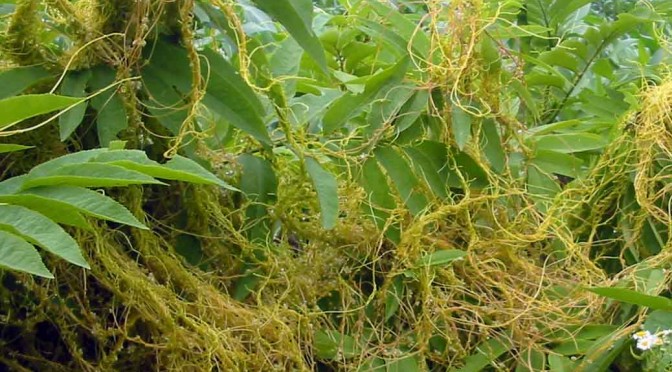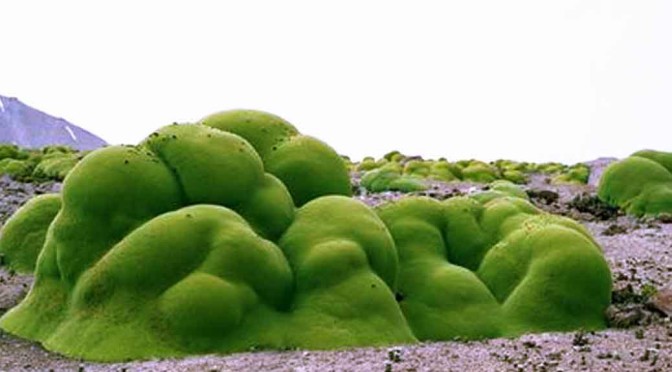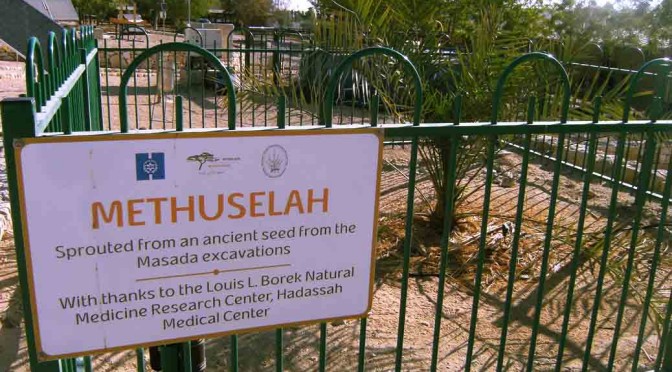By Anupum Pant
Neurobiological research on plants, sounds absurd, right? Not at all. Stefano Mancuso from University of Florence, Italy has devoted years of his life studying plants and he firmly believes that plants can communicate.
He often uses bean plants to demonstrate their mystical ability to communicate and their amazing ability to sense the environment. He has grown bean plants in a number of conditions (lighting, temperature, humidity, magnetic field etc.), while recording their growth through a time-lapse camera.
In his time-lapse videos it’s fascinating to see bean plants shooting out and making movements, as a blind man would do with his hand to sense the environment. Every single time, irrespective of its distance, bean plants are able to find the support stick to wind on…
This remarkable ability of bean plants, lacking eyes or any other known sensing techniques, has stunned scientists. Since it is sped up, the video of this shoot moving up the support stick looks a lot like some reptile’s movement.
Here, watch the time-lapse, you’ll see how amazing this little marvel of nature is…
Like a bean plant, there is another plant (if you could call it that), whose movements have interested scientists. Exactly like a bean plant does, this plant comes out too, searches and always is able to find another plant to grow on. At the same time, it is quite different from the bean plant.
Cuscuta Pentagona, as scientists call it, is a true parasite. That means, it has no roots, nor can it make food on it’s own – no photosynthesis. So, for food, it relies on neighbouring plants. And every single time, like bean plant, after coming out from the ground, cuscuta parasite is able to sense the healthiest plant. It then sinks in its suckers to suck out food from the host plant. Now watch the serial killer in action, in the voice of Morgan Freeman.








